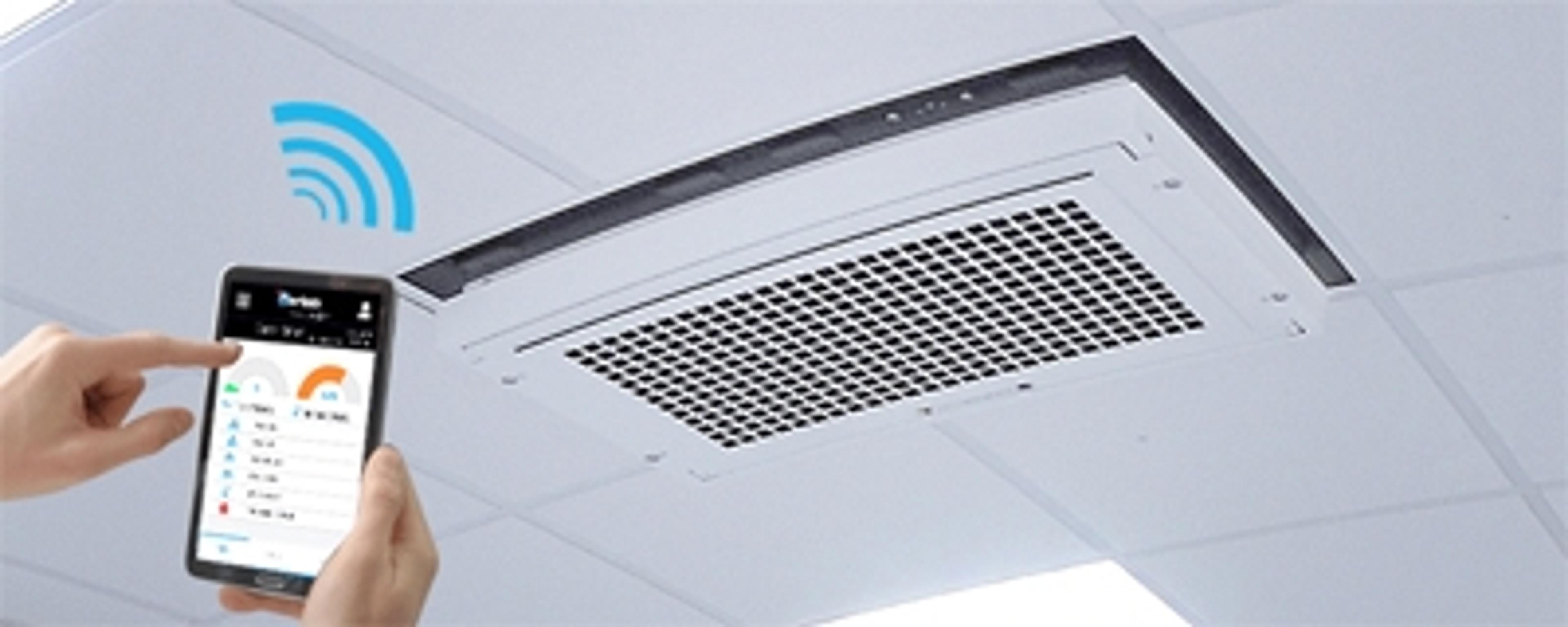Are you risking safety in the lab with “permissible” exposure allowed in antiquated PEL standards?
Watch this on-demand webinar to learn how to successfully put in place engineered controlled systems to protect your laboratory
5 May 2022

Continuous exposure to chemical emissions is known to impact our short- and long-term health significantly. While there are benchmarks known as permissible exposure limits (PELs), these benchmarks are woefully outdated.
In this SelectScience webinar, now available on demand, Jesse Coiro, Director of Health & Healthcare at Erlab, discusses several solutions and additional safety measures you can implement to reduce exposure risks. Coiro highlights a way to treat a chemical throughout its life cycle with filtration and proper engineered controlled systems to improve safety within the laboratory.
Watch on demandRegister now to watch the webinar on demand, and read on for highlights from the Q&A discussion
What are your means of detection for hazardous volatile compounds?
JC: We have two means of detection. We have electrochemical sensors for acids and formaldehyde, and then we have a dry contact metal oxide sensor for standard volatile organic compounds (VOCs). These sensors are located in the fan module of the Halo Smart air filtration system, which makes it possible to detect any spikes in concentration past that primary stage of filtration.
This is not a photoionization detector (PID), so you’re not going to get direct ppm measurements, but we do code the filtration systems with certain millivolt settings based on the chemical that we're looking to detect. We determine that through the validation process of the customer's handlings, and we code the metal oxide sensor or the electrochemical sensor to detect the first prominent breakthrough chemical.
Is it possible to use filtration for formaldehyde?
JC: It is, but it is tricky. The American Conference of Governmental Industrial Hygienists (ACGIH) standards for formaldehyde are very low at 0.75 ppm. When we filter anything, we must guarantee that we're capturing at 99% efficiency throughout the life cycle of the filter. So, yes, it can be done, and we certainly can achieve a level of efficiency much higher than anyone would anticipate with formaldehyde, but it would take a special filter as the carbon in that instance would have to be pretreated.
How do you meet safety standards for a fume hood?
JC: We must adhere to the standard safety measures for any fume hood. These measures are: ASHRAE 110 for containment, making sure there aren’t any leaks, and maintaining proper face velocity at the sash opening. These measures also include the French Standardization Association (AFNOR) standard to ensure applicability that indeed, the filtered fume hood is the right solution for the client’s handling applications, and then finally, providing the overall life cycle of the filter.
To learn more about how air filtration can protect your lab from chemical exposure, watch the full webinar here>>
SelectScience runs 10+ webinars a month across various scientific topics, discover more of our upcoming webinars>>

